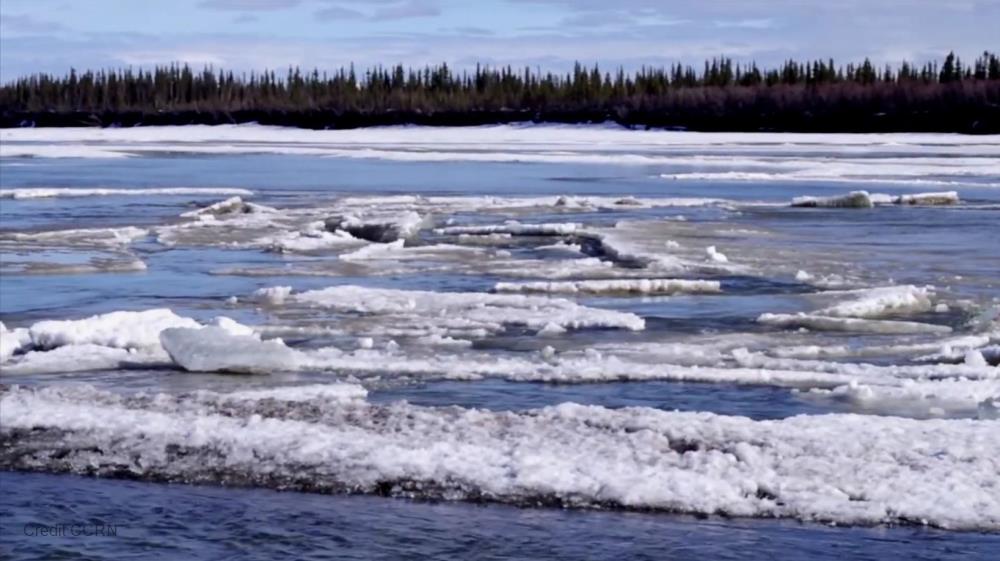
Related items loading ...
Section 1: Publication
Publication Type
Journal Article
Authorship
Sohel, Md. S., A. Vega Grau, J. J. McDonnell, J. Herbohn
Title
Tropical forest water source patterns revealed by stable isotopes: A preliminary analysis of 46 neighboring species
Year
2021
Publication Outlet
Forest Ecology and Management
DOI
ISBN
ISSN
Citation
Sohel, Md. S., A. Vega Grau, J. J. McDonnell, J. Herbohn, 2021.Tropical forest water source patterns revealed by stable isotopes: A preliminary analysis of 46 neighboring species. Forest Ecology and Management,
https://doi.org/10.1016/j.foreco.2021.119355.
Abstract
Stable isotope tracing of plant water use can illuminate plant water sources. But to date, the number of species tested at any given site has been minimal. Here, we sample 46 tropical hardwood tree species in a 0.32 ha plot with uniform soils. Soil water was characterized at 6 depths at 0.2 m intervals down to 1 m and showed simple and predictable depth patterns of δ2H and δ18O, and simple and spatially uniform isotope composition at each depth. Nevertheless, tree xylem water δ2H and δ18O showed remarkable variation covering the full range of soil composition, suggesting strong sorting and niche segregation across the small plot. Wood density, tree size and mean basal area increment together explained approximately 55% of the variance of xylem water isotope composition through principal component analysis. A Bayesian mixing model was applied to the data and showed that sampled trees were either sourcing their water from very shallow or deep soil layers, with very little contribution from the middle portion of the soil profile. The majority of the observed species relied on 0.0–0.2 m depth soil water. This layer contributed approximately 75% of the xylem water which was significantly higher than the contributions from all other depths. The contribution from shallow soil was highest for trees with high wood density, slow-growing trees and small-sized trees. Our work suggests that stable isotope tracers may aid a better understanding of tropical forest water uptake depths and their relation to tree functional traits and potential hydrological niche segregation among co-occurring tropical species.
Plain Language Summary
Section 2: Additional Information
Program Affiliations
Project Affiliations
Submitters
Publication Stage
Published
Theme
Presentation Format
Additional Information
Core-Isotope-Tech, Refereed Publications


 GWFNet
GWFNet Master
Master Research
Research Map
Map
 Advanced
Advanced . . .
. . .

 Metadata Editor
Metadata Editor
 Record List
Record List
 Alias List Editor
Alias List Editor
 Legacy sites
Legacy sites